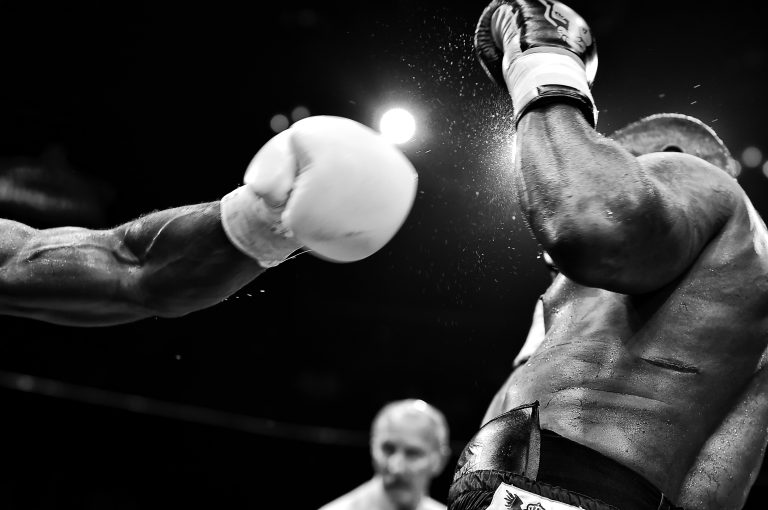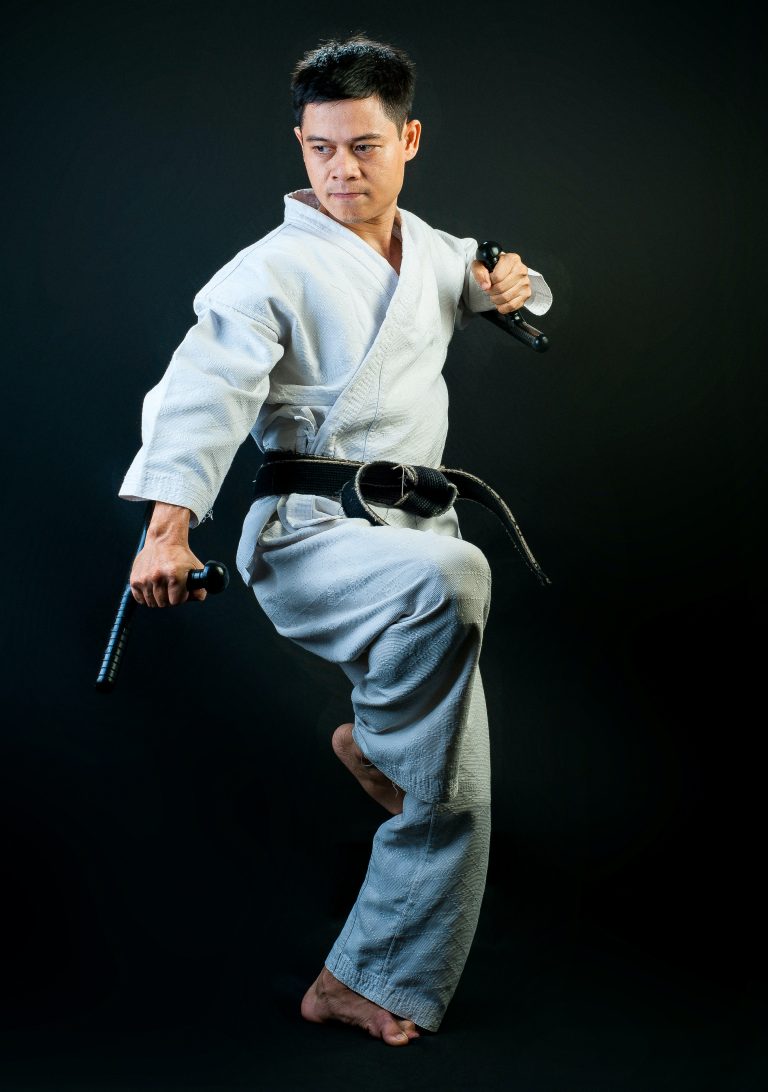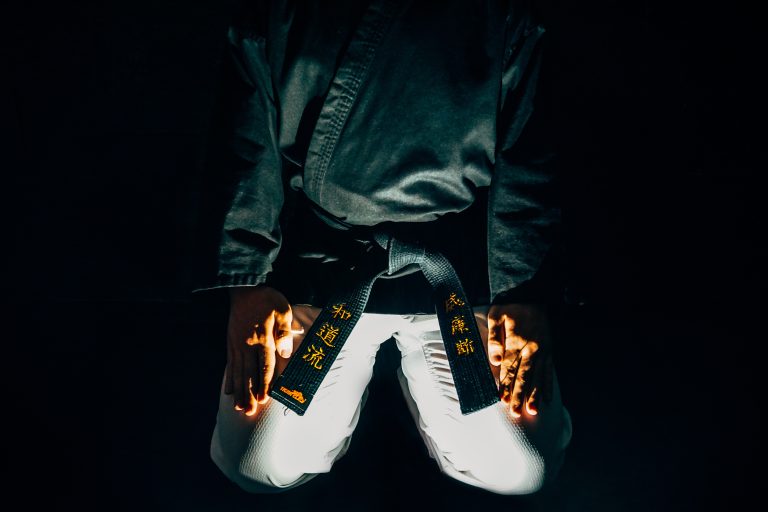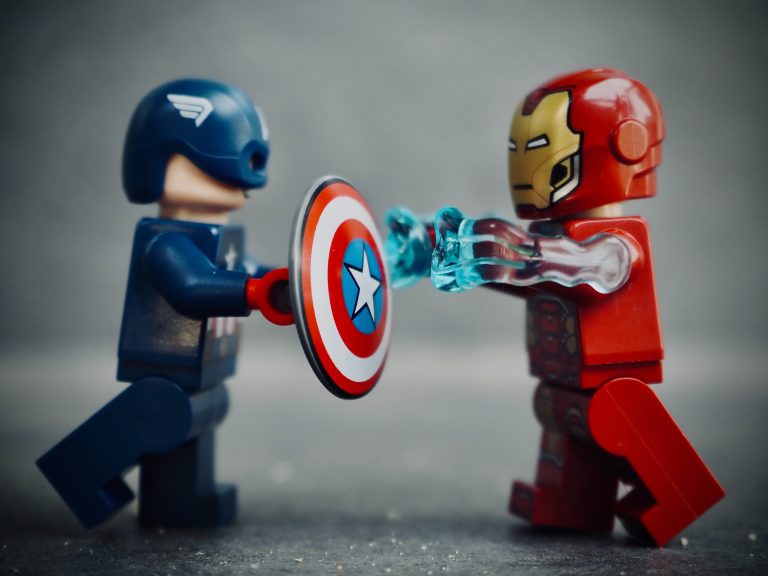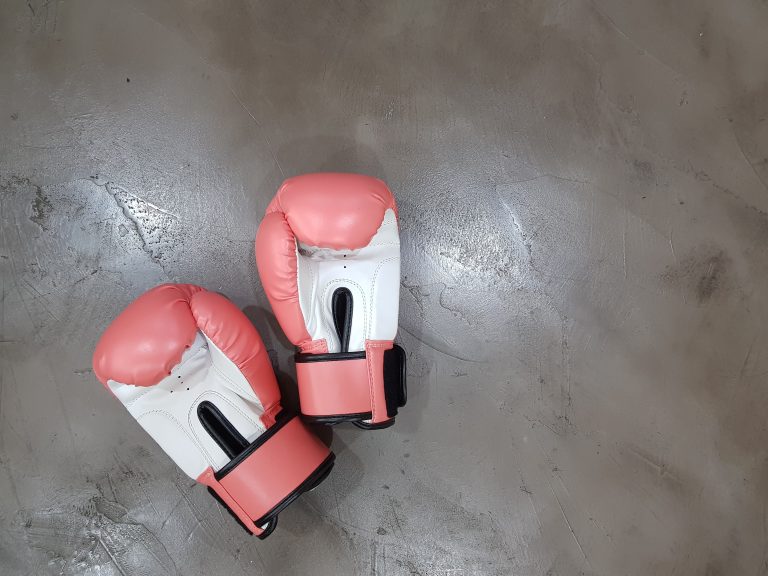Why Does Karate Not Work in MMA?
Mixed Martial Arts, or MMA, is a combat sport that allows a variety of techniques from different martial arts disciplines. Karate, a striking martial art, aims to teach practitioners how to defend themselves effectively. However, karate has not been as successful in MMA as other martial arts, such as Brazilian Jiu-Jitsu or Muay Thai. In this article, we will explore some of the reasons why karate has not worked well in MMA.
1. Focus on Point Scoring
In traditional karate, the emphasis is on point scoring, not submission or knockout. In competition, practitioners aim to score points by executing precise strikes to specific areas of the body. However, this technique does not translate well to the MMA system, where the goal is to win by knockout, submission, or judge’s decision.
In karate, fighters are trained to execute moves quickly, with a focus on technique over power. In contrast, MMA fighters train for maximum power and effectiveness to knockout or submit their opponents. As such, traditional karate training may not prepare practitioners for the more intense reality of an MMA fight.
2. Lack of Effective Sparring
Effective training for MMA fighters involves sparring, where practitioners can test their skills in real-time. Unfortunately, many karate dojos do not emphasize sparring or do not offer the same level of realistic sparring as other martial arts.
Sparring in karate is often restricted to point fighting or light contact, which does not prepare practitioners for the full-force strikes and takedowns used in MMA. The lack of realistic sparring in karate can create a false sense of security, leading practitioners to believe they are better prepared for MMA than they actually are.
3. Over-Reliance on Kata
Kata, also known as forms or patterns, are choreographed sequences of movements that simulate a fight against multiple opponents. In traditional karate, kata is a fundamental part of training, and practitioners are expected to memorize and perform a series of complex movement sequences in unison with others.
While kata can be an effective training tool for building muscle memory and technique, it does not adequately prepare practitioners for the unpredictable nature of MMA. Kata does not train practitioners to react to real-world scenarios, such as a takedown attempt or grappling on the ground.
4. Focus on Tradition over Evolution
Many of the traditional martial arts, including karate, are steeped in tradition and history. While tradition is important, it can also be a hindrance when it comes to adapting to new developments in martial arts, such as MMA.
Some karate practitioners may be reluctant to embrace new techniques and methods because they conflict with traditional styles. However, MMA is constantly evolving, with new techniques and approaches emerging regularly. Failure to adapt to these changes may leave karate practitioners at a disadvantage.
5. Lack of Ground Fighting Skills
Ground fighting is a key component of MMA, with grapplers often dominating fights with their grappling skills. Unfortunately, many traditional karate programs do not offer adequate training in ground fighting, leaving practitioners at a disadvantage.
In contrast, MMA fighters typically train in Brazilian Jiu-Jitsu, a martial art that specializes in ground fighting and submission grappling. While karate fighters also have the potential to learn these skills, they may be starting from a disadvantage if they do not have adequate training.
Why Does Karate Not Work in MMA?
Introduction
Mixed Martial Arts (MMA) has become one of the most popular sports in recent years, drawing millions of fans from around the world. While MMA fighters come from different backgrounds, the most successful fighters tend to have a background in Brazilian Jiu-Jitsu, wrestling, boxing, or kickboxing. Karate, on the other hand, is not as popular in MMA, and many people wonder why. In this blog post, we will answer some of the most frequently asked questions about why karate does not work in MMA.
Question 1: What is Karate?
Karate is a martial art that originated in Okinawa, Japan, in the early 20th century. It is characterized by powerful strikes, such as punches, kicks, and knee strikes, and also includes grappling techniques. Karate is taught in many schools around the world, and it is often used for self-defense.
Question 2: Why doesn’t Karate work in MMA?
Karate techniques have proven to be less effective in MMA than other martial arts, such as Brazilian Jiu-Jitsu, wrestling, and boxing. There are a few reasons for this. First, many karate schools focus mainly on kata, which are choreographed forms, rather than sparring or actual fighting. This means that karate practitioners may not have the necessary experience to apply their techniques in a live, competitive environment.
Second, karate strikes are often telegraphed, meaning that they are predictable and easy for an experienced MMA fighter to counter. Additionally, karate strikes are not as powerful as those in boxing or kickboxing, which means that they may not be effective against an opponent who has a strong chin or good defense.
Finally, karate practitioners may not have the necessary grappling skills to defend against takedowns or submissions. While karate includes some grappling techniques, they are not emphasized as much as striking techniques, which means that karate practitioners may not be prepared for this aspect of MMA.
Question 3: Are there any successful MMA fighters with a karate background?
While karate is not as popular in MMA as other martial arts, there have been some successful fighters with a karate background. One of the most famous is former UFC middleweight champion Lyoto Machida, who is known for his karate-based fighting style. However, Machida’s success in MMA is due in part to his ability to adapt his karate techniques to the rules and demands of MMA, as well as his strong grappling skills.
Question 4: Can karate be effective in self-defense?
Karate can be effective in self-defense, but it depends on how it is trained and applied. If a karate practitioner trains in sparring and self-defense scenarios, and is able to adapt their techniques to real-world situations, then karate can be an effective self-defense tool. However, if a karate practitioner only trains in kata or uses karate techniques in a predictable and choreographed manner, then they may not be effective in a real self-defense situation.
How to Adjust Karate Techniques for MMA
Karate has been a popular martial art for many years, but it has received criticism for not being effective in mixed martial arts (MMA) competitions. While karate may not be suitable in its traditional form for MMA, modified versions of karate techniques can be applied successfully. If you are a karate practitioner looking to compete in MMA, here’s a guide on how to adjust your karate techniques for the sport.
Step 1: Learn the rules of MMA
Before adjusting your karate techniques for MMA, it’s important to understand the rules and regulations of the sport. MMA competitions allow various martial arts styles, including karate, but have different rules such as no strikes to the groin or back of the head. Knowing the common techniques and strategies in MMA is also essential to succeed in the sport.
Step 2: Modify your stances
Karate stances are often rigid with a straight back and strong emphasis on proper posture. In MMA, a more fluid and flexible stance is required. Fighters need to be able to move quickly in different directions and adapt to their opponent’s movements. You should work on transitioning between different stances, such as a traditional karate stance to a more parallel, fluid stance.
Step 3: Incorporate grappling techniques
One of the criticisms of karate in MMA is its lack of grappling techniques. MMA fighters who train in Brazilian Jiu-Jitsu or wrestling have an advantage when it comes to ground fighting. Karate practitioners need to learn some grappling techniques to be competitive in MMA. Basic ground techniques such as escapes and sweeps should be incorporated into your training regimen.
Step 4: Use kicks effectively
Karate is well-known for its dynamic kicking techniques, but not all of them are effective in MMA. For example, spinning kicks leave karate practitioners exposed to takedowns. Effective kicks in MMA include low kicks to prevent takedowns, front kicks to create space, and head kicks as a surprise attack.
Step 5: Develop a varied striking arsenal
In MMA, fighters need to be versatile and able to strike in different ways, including punches, elbows, and knees. While karate practitioners utilize punches, they may not be as well-versed in using elbows and knees. Incorporating these strikes into your training can give you an edge in MMA.
Step 6: Train for endurance and stamina
MMA fights can last up to five minutes per round, with three to five rounds per fight. This requires a high level of endurance and stamina. Karate practitioners should incorporate cardio and endurance training into their regimen to prepare for the demands of the cage.
Conclusion
In summary, karate techniques can be modified to work in MMA. It’s essential for karate practitioners to understand the rules and techniques of the sport, modify their stances, incorporate grappling techniques, use kicks effectively, develop a varied striking arsenal, and train for endurance and stamina. Only by adapting and evolving can karate techniques be useful in the modern-day MMA arena.
Inhaltsverzeichnis

